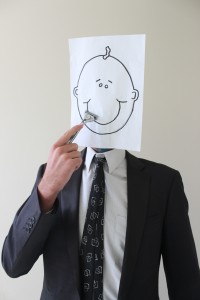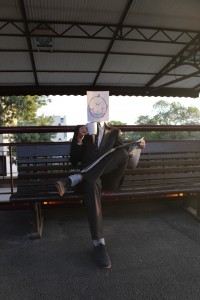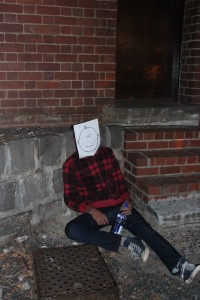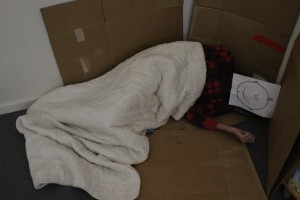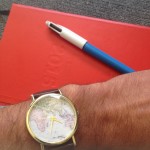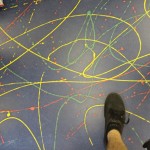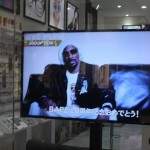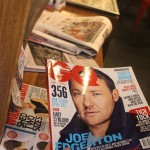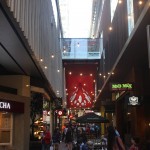How lovely would it be to leave this world with an idea or process known as “The Liam Effect.” I assume it would be much more powerful a thought if your name were Liam, so I suggest you read and understand it as “The (your name) Effect.” Liam’s effect is a work in process, and my “Jarrod Effect” is yet to be conceived and there is a flurry of contraception blocking my way – the commitments to work, uni, sport and family limits the chances of “The Jarrod Effect” being ready for production any time soon. One person who has succeeded in bringing their effect to public view (no, not Ashton Kutcher’s Butterfly Effect) is Lev Kuleshov.
This is quick video that sums up his theory, that how we interpret an image or scene is influenced by what immediately follows or precedes. Bare this in mind while you watch:
Kuleshov took the stock footage of a reasonably expressionless man and played it three times interposed and edited against various scenes. He believed that viewers understanding of the man and his expression would change each time depending on what footage it was placed against. Indeed his audiences of the 1920s saw that if seen after the bowl of soup the man appeared hungry, after the body of the child he seemed upset and towards the lady he seemed lustful. Personally I did not feel that his expression changed at all (it doesn’t) however the meaning and my understanding of this man still differed in each scenario.
My perception of the man is that he is disinterested and unaffected by whatever it is that is happening. How then could he appear to others to be hungry upset or lustful? Still, my reading of this man as a character changed with each section, against each of these images I found myself asking what kind of a man responds like that; the important question, WHY?
Shown after the bowl of soup my idea of him was as a man well-off, to whom food was in constant supply and his disinterest was due to his wealth and satisfaction. Depicted following the deceased child this man took on a completely different identity, somebody unaffected by this sight must be psychopathic or disturbed, I began questioning whether he was a killer. In contrast to the lady his disinterest created a new level altogether, the passing of time, or a history, as in my opinion he no longer seemed interested they may have previously been an item and he has grown tired, moved on or been betrayed.
This effect while seeming obvious today was groundbreaking research in these youthful years of film. Today this effect is used in every piece of edited media to one extent, people master in the manipulation of audience understanding or response and purposefully make viewers develop their own ideas as their perception is actively influencing in blank space.
